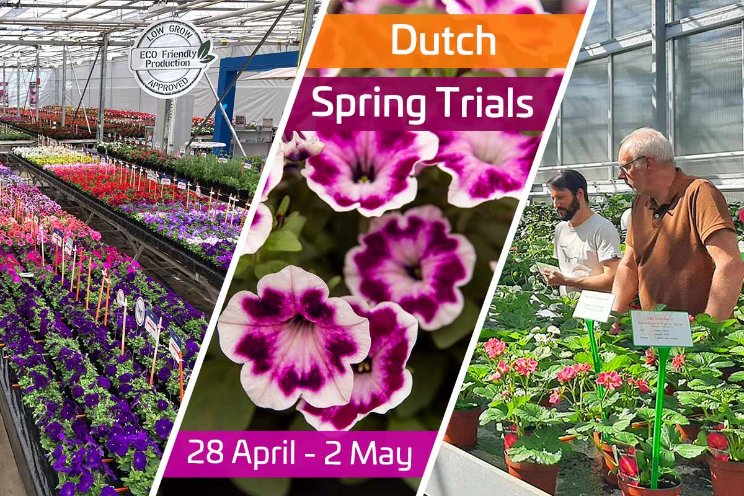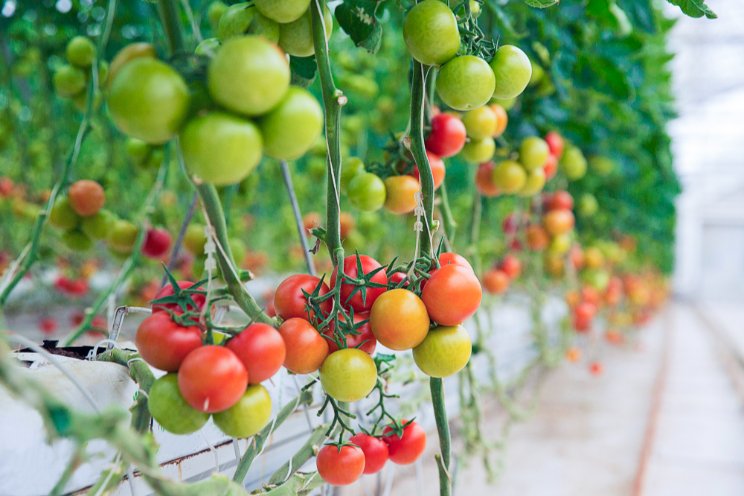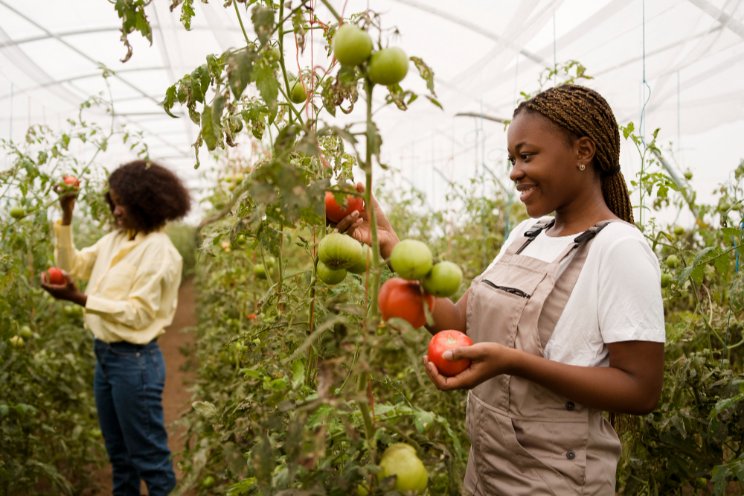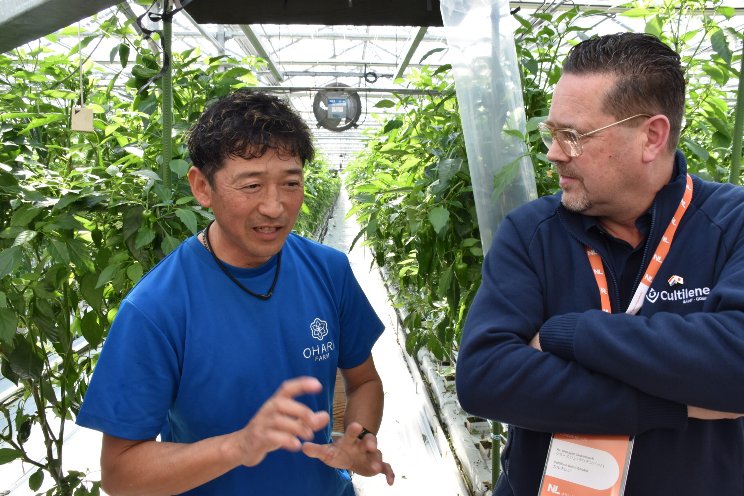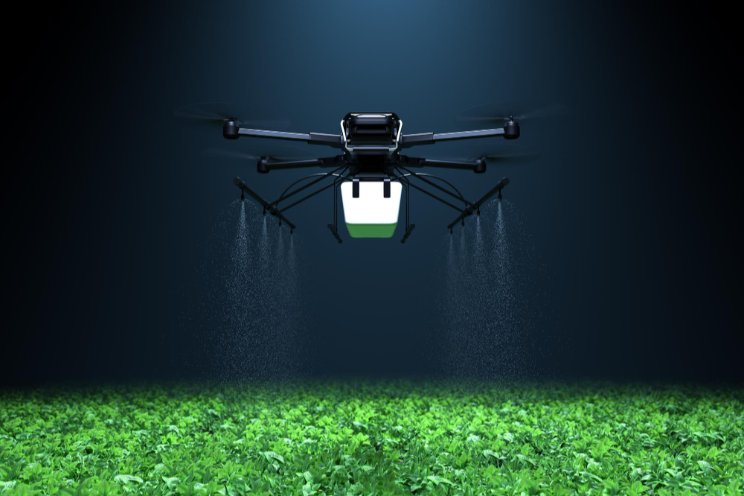4 things to consider when comparing LED lighting systems
Added on 31 August 2022

Broad-spectrum LED lighting solutions have become increasingly common for indoor horticulture and vertical farming applications in recent years. Although many of the currently available LED fixtures look similar and often utilize many identical components (such as brand-name LEDs or 645-watt power supplies), it is still important to fully explore performance metrics when evaluating lighting options.
Output
The first piece of information to consider when evaluating any LED solution will be the fixture's total light output; photosynthetic photon flux (PPF). This metric -with units of ľmol/s - simply describes the number of photons (which are "particles" of light) being produced by a fixture each second. Many vendors will list PPFD on spec sheets, but unlike PPF, this canopy light intensity metric will be affected by factors like fixture spacing, distance from the canopy, wall reflectivity, etc.
Understanding total fixture output / PPF will be the first step in accurately quantifying differentials among solutions. Increasing PPF will generally increase CapEx - but also often increase revenue through higher yield potential.
Efficacy
Once you're confident that all lighting options being considered provide enough intensity to meet your production goals, the next metric to focus on will be efficacy; the amount of light being produced by each watt of electricity (with units of PPF / Watt). Efficacy is important to consider because it will directly relate to fixture wattage, sensible load for mechanical equipment, and ultimately OpEx from lighting. Because of differences in efficacy, two lighting options can have the same wattage & canopy coverage, but dramatically different light outputs. Similarly, two fixtures can have identical output, but very different electrical & sensible load requirements.
Photo by ThisisEngineering RAEng on Unsplash
Source: Agritech Tomorrow
More news
